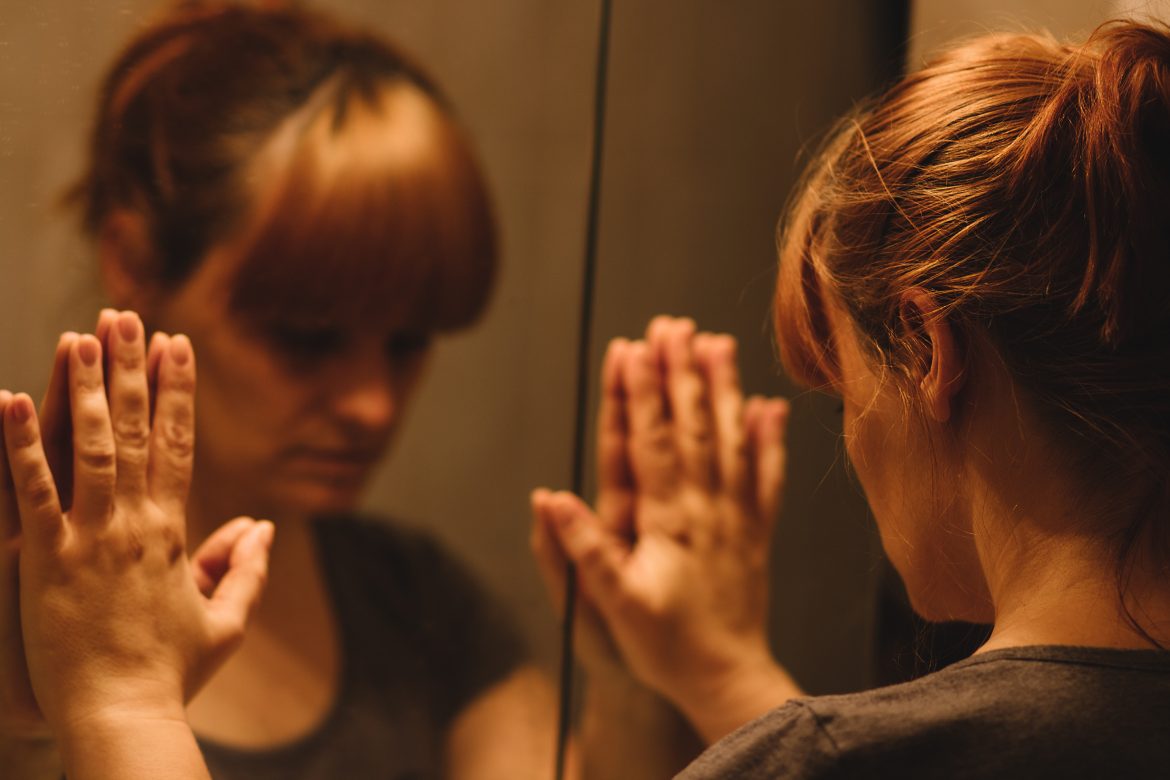Over the last five years, I have focused part of my therapy practice on working with trans and gender non-conforming individuals. This is largely thanks to the mentorship of the late Stephanie Mott, LSCSW who was a well-respected trans advocate and spokesperson in Kansas. Having done this work for a while, I have noticed several recurring themes within this population that impact their mental health.
Based on both clinical conversation and empirical research, nearly all trans and gender non-conforming people will experience some degree of discrimination and sexism. However, among transwomen directly I find very specific and recurring worries about sexism, regardless of age or where they are in the transition process. While transmen also express similar worries, they do not appear to be as persistent and universal as they are among my transwomen clients.
Research shows that the brain structure of cis and trans females are nearly the same even prior to initiating hormone therapy. This has led many mental and physical health experts to conclude that gender identity and biological sex develop independently from each other. In many cases they match, which results in a cis gendered person, however in some cases they do not which makes one more likely to identify as trans or gender non-conforming. “It’s thought that these misalignments are caused by differing hormonal influences in the womb that happen during the first and second trimesters when anatomy (first) and brain development (second) occur. What’s interesting is that the brain trumps anatomy when determining gender identity” one researcher notes.
The anxiety around “passing” or “blending” as the gender one experiences themselves to be constitutes a significant portion of my work with transitioning clients. These terms describe how successful the person is at presenting and being identified as their gender identity, particularly in public settings. There are two components of passing that are important to understand. First the trans individual wants to be seen as their identified gender for the same reasons that a cis person would not want to be misgendered by another person. It feels validating to be understood incorrectly, particularly for something as critical as gender identity. Secondly, trans individuals focus on blending because if they do not, some very real physical, emotional and psychological risk may emerge. Living as transgender, people are “four times more likely than the general population to report living in extreme poverty.” Transwomen in particular are even more likely to experience other health risks such as violent acts against them. Black transwomen are at the highest risk of assault and death. My clients know this. They live with this fear daily. They understand that their ability to pass or blend is directly linked to their level of safety out in the world.
This is where two significant social rules collide: What it means to be feminine/female in our society and the question of why anyone with male privilege would want to “give it up.” I find that once my transmen clients come out and begin the transition process, their anxiety and dysphoria tend to decline, while an inverse trend occurs among my transwomen clients. Their anxiety seems to spike while trying to transition as they become highly concerned with how to present as feminine. In working with them, I often quip that trying to figure out how to be “feminine enough” in our society is the definition of being female, so they are on the right, if difficult track.
I am often told that they do not want to “try” to present as female or try things that would make them feel more feminine such as make up, clothing, etc. until they are confident that they would pass or blend completely. This leaves many paralyzed with inaction because they feel trapped in their own bodies while not comfortable enough to experiment with self-expression. This is less true of the transmen I have known both professionally and personally who find presenting and dressing in socially accepted masculine ways much easier long before coming out.
We cannot help the trans community, particularly transwomen, until we also address the misogyny and sexism experienced by all women. Auditing and challenging social norms of what it means to be feminine in this world is paramount to encouraging transwomen to exist more happily and healthily within it.
